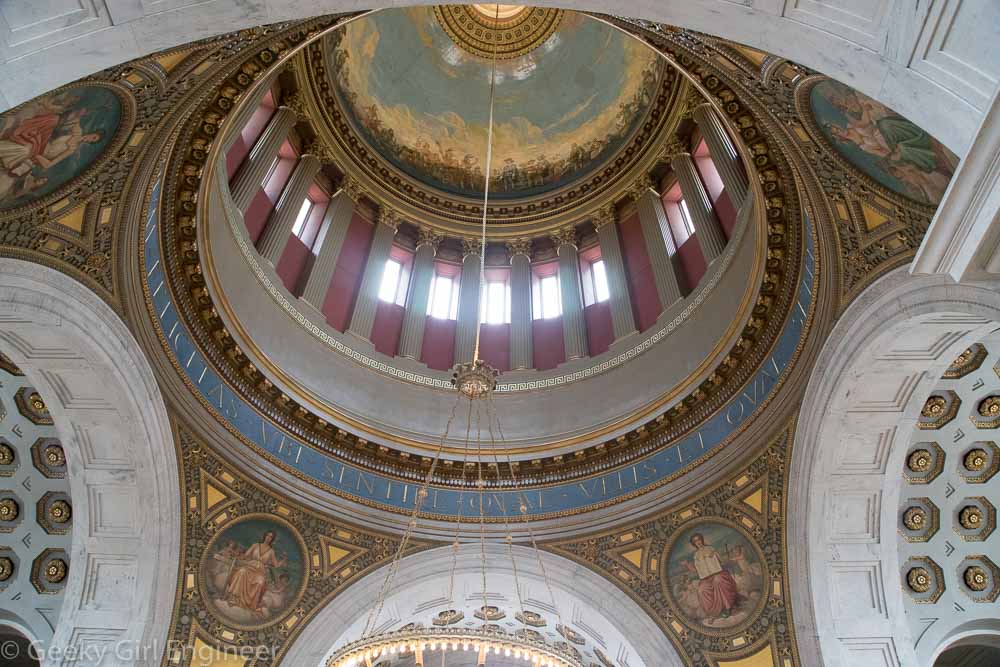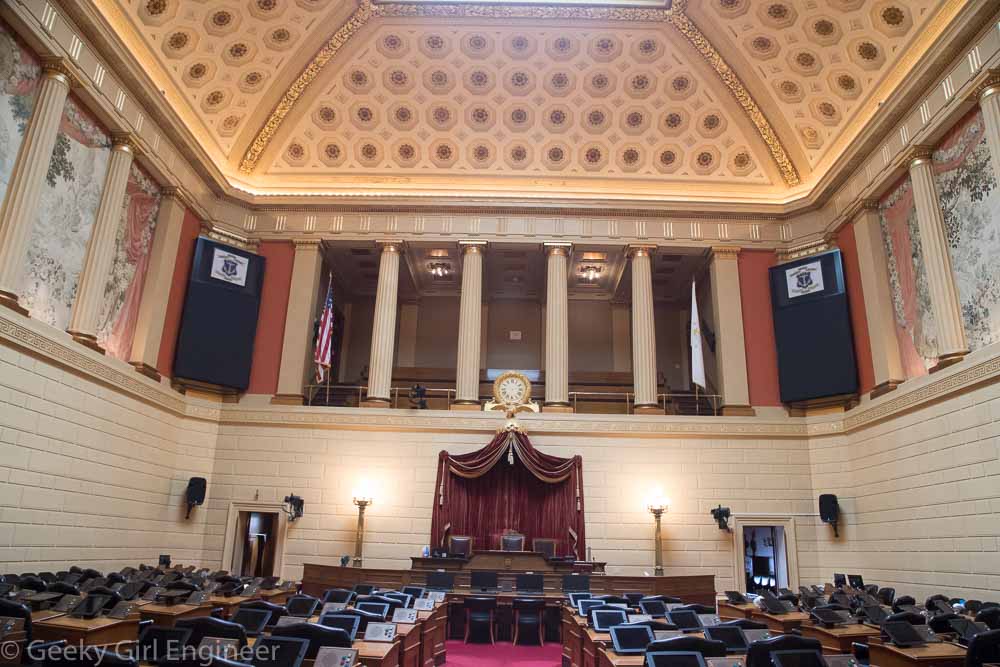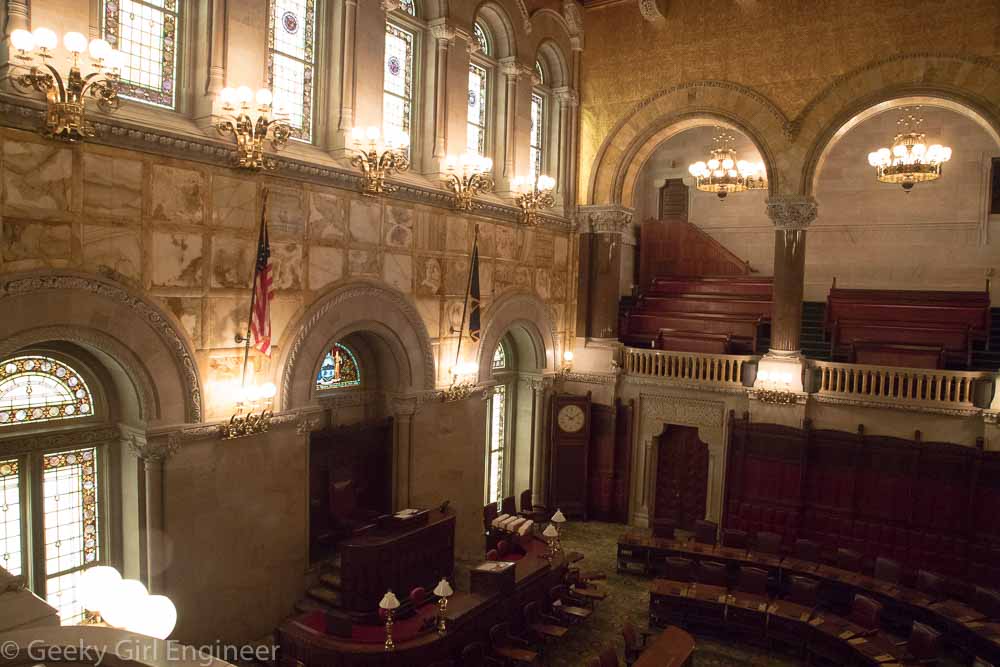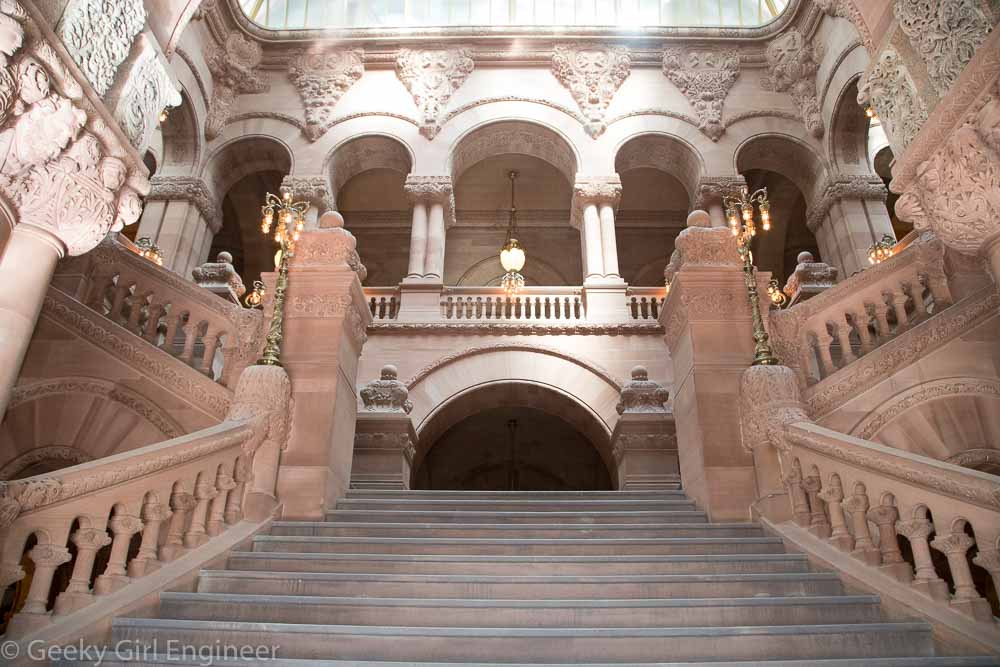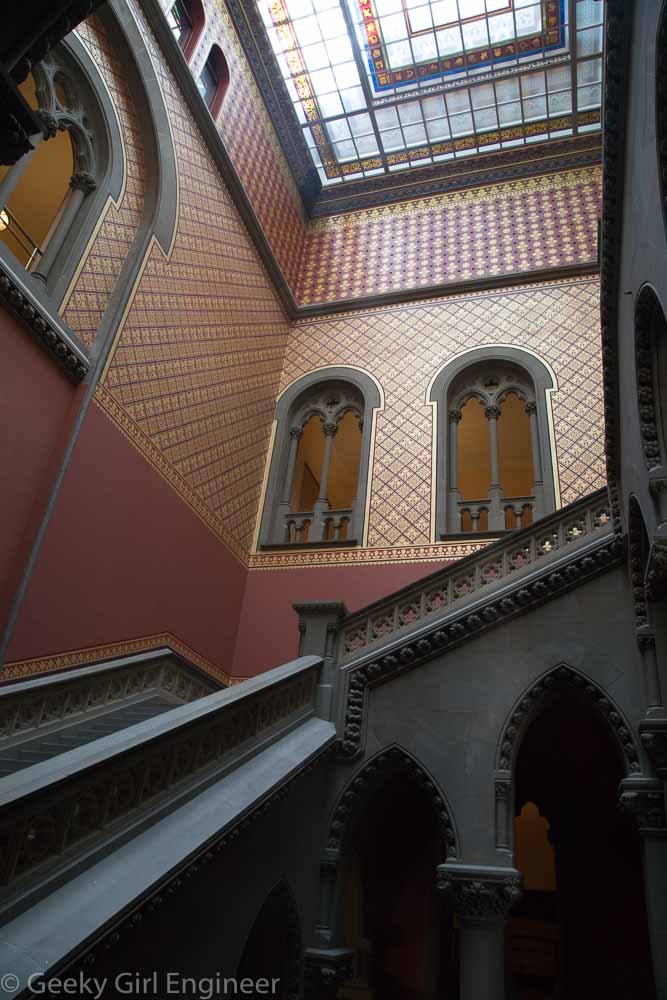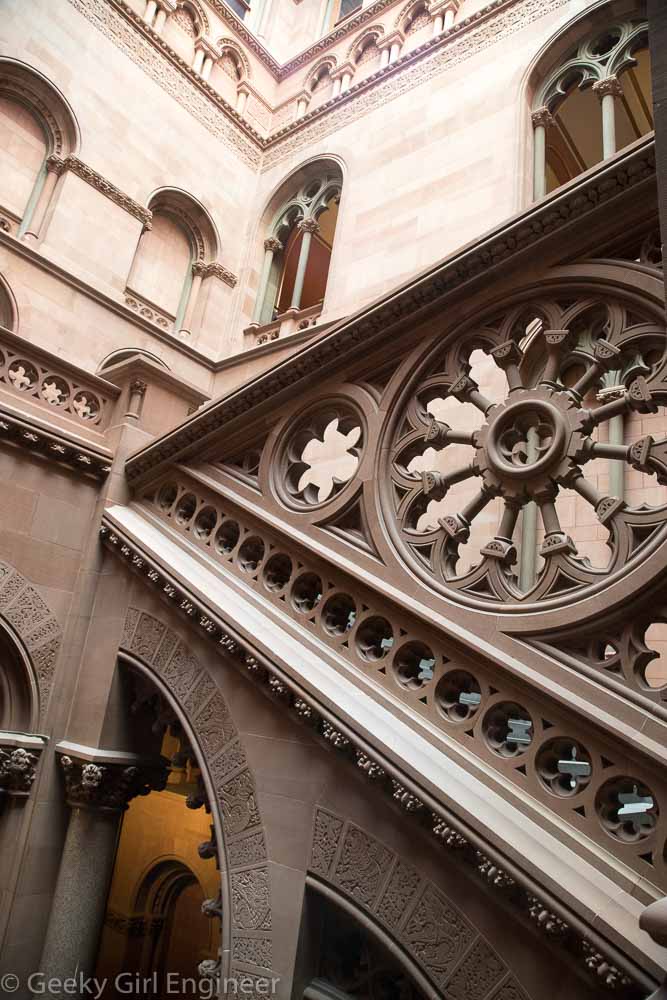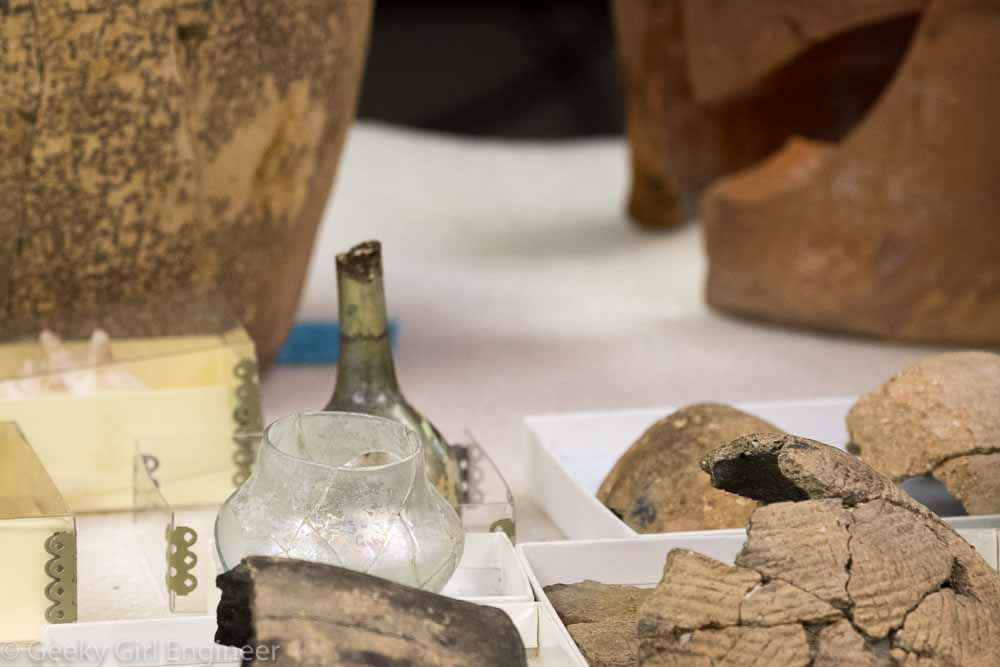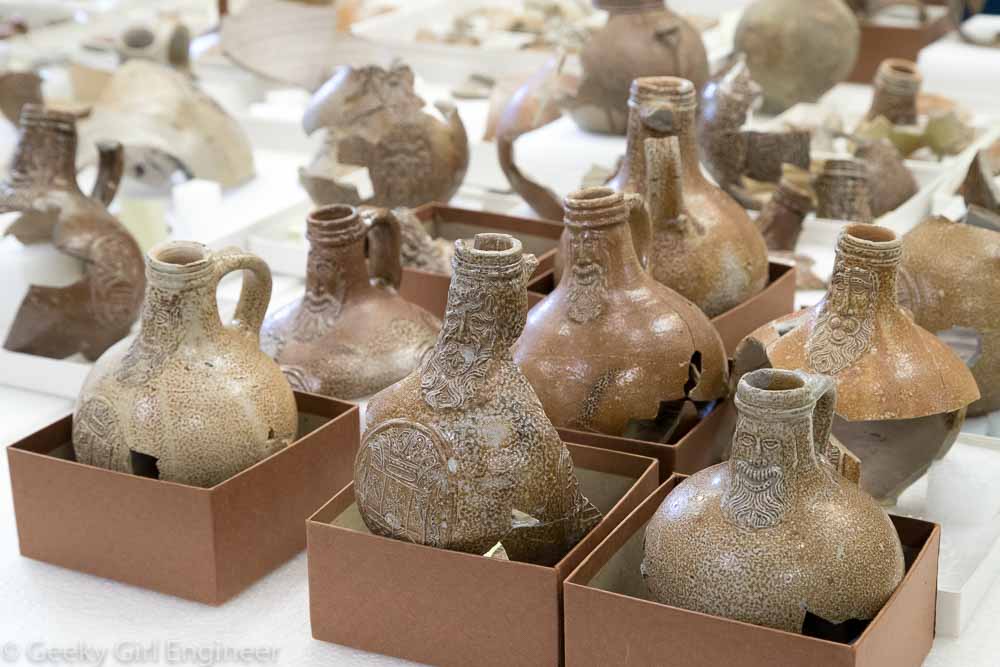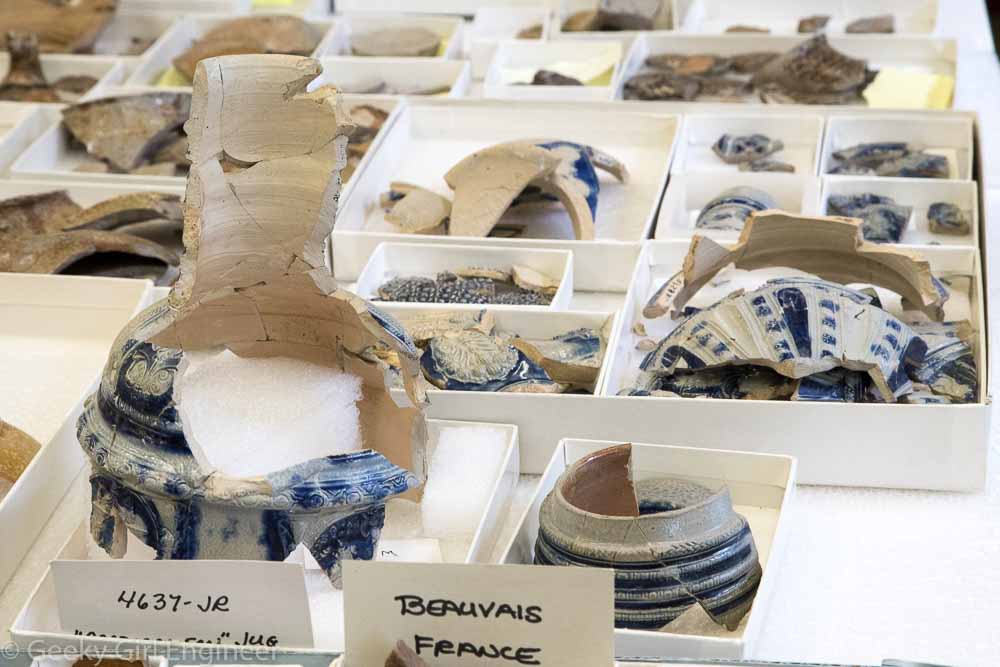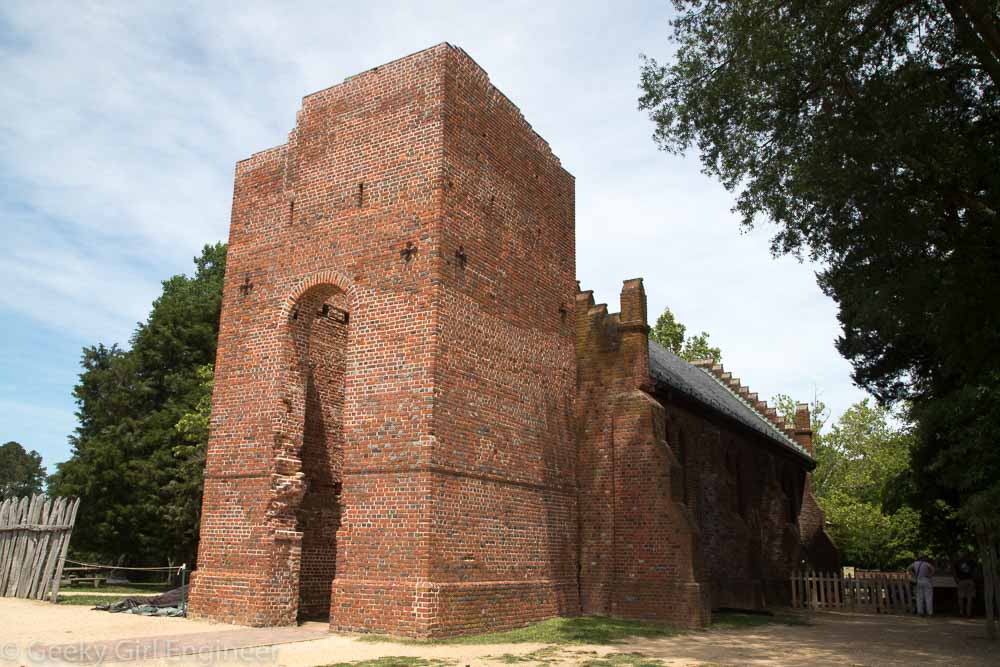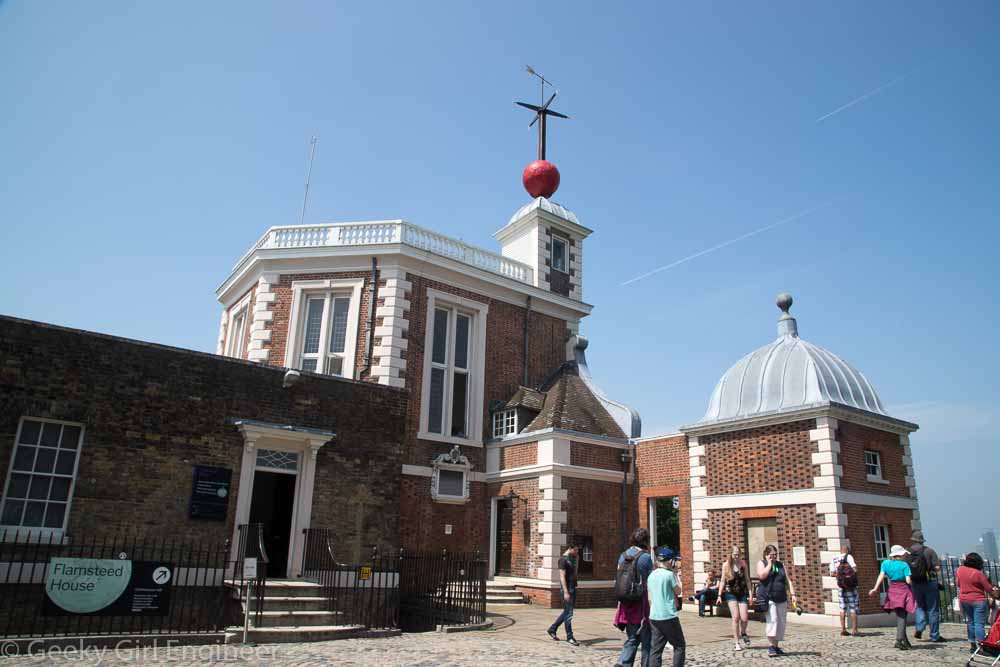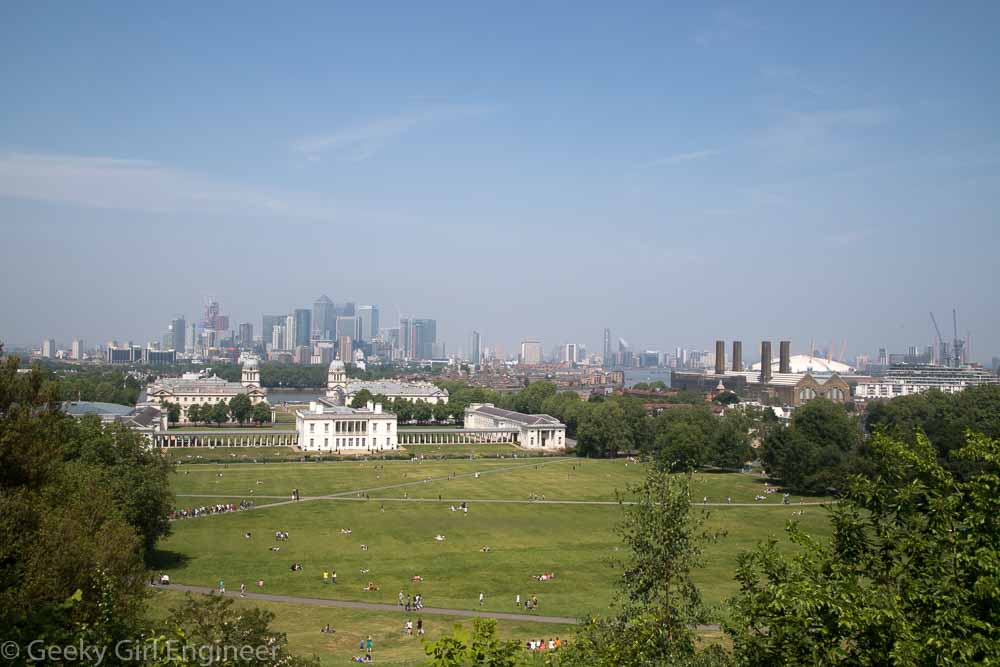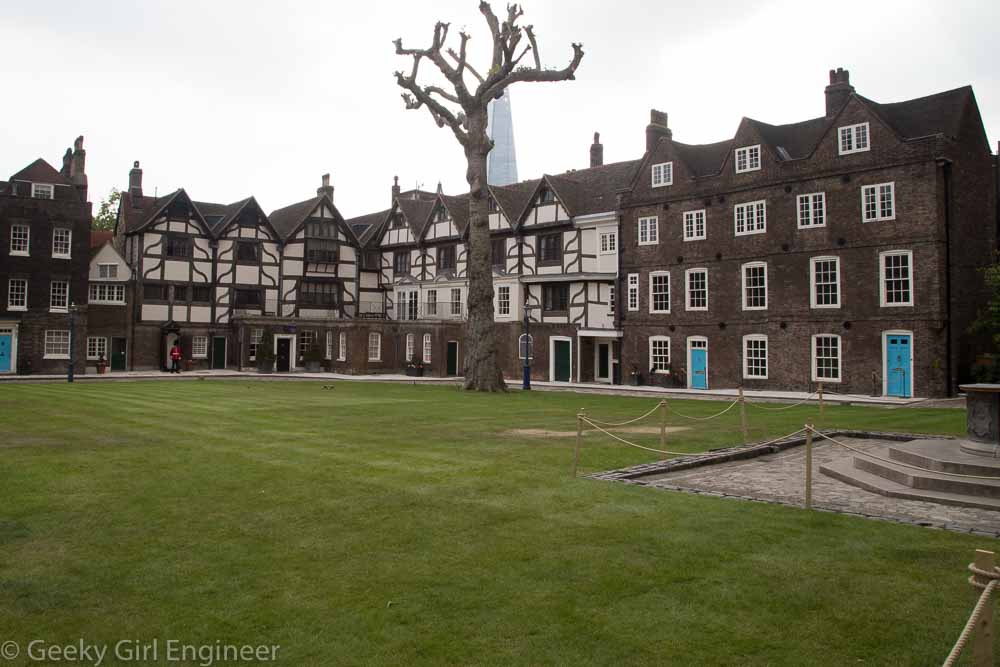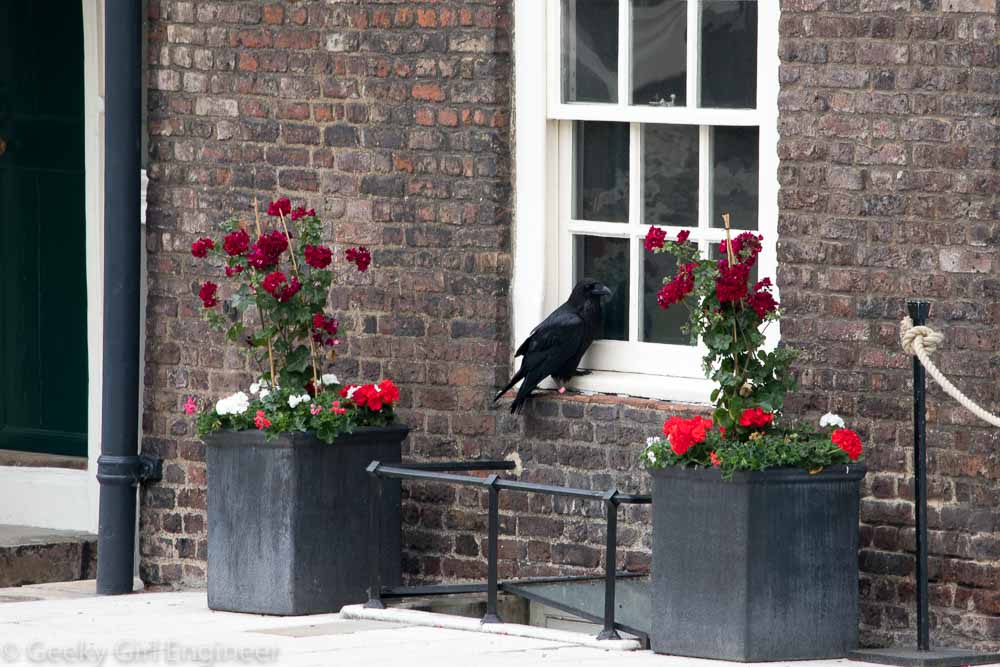I visited the Rhode Island State Capitol today. One of my many travel goals is to visit all the state capitols. Like most states, Rhode Island has a lovely state capitol. I learned quite a bit on the tour I took. First trivia I learned is the official name of Rhode Island is actually the State of Rhode Island and Providence Plantations. Tiny state. Big name. Second thing I learned was that the present capitol was finished in 1904. There were several state houses before that, and for some time, the state legislature had no house and met sometimes in people’s houses. I can’t imagine having the entire house of representatives meet in an actual person’s house.
I digress. The capitol is beautiful and for the most part what you expect. It has the 5th largest marble dome in the world. [More trivia for you.] Lots of marble, brass, and painting. Not the fanciest one I have seen. It has lots of anchors to compete with Massachusetts’s fish everywhere. However, Rhode Island definitely wins bonus points for the motto in the women’s restroom. Photo below. I have no idea what is in the men’s restroom.
Finally see my next post. They have a cannon from Gettysburg at the entrance, and there is a really great story about it. So great, I am going to give it its own post.



